Pepsi vs. Coke, Edison vs. Tesla, Star Wars vs. Star Trek, history is filled with famous rivalries, but few have matched the intensity and, quite often, the viciousness that comes when two tech industry giants clash heads. Chartering their path from the dawn of computers to the current digital age, here are the five biggest rivalries in computing history.
AMD vs. Intel
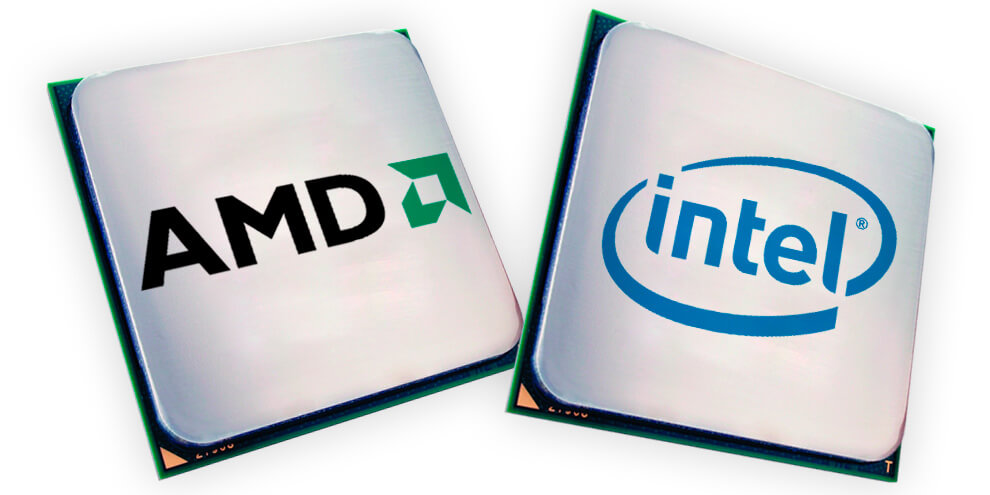
Intel and AMD have been around for decades. But even though both companies were founded in the late 60s, their rivalry didn’t heat up for another 20 years. Things were going well in the beginning. Intel entered into a cross-licensing agreement with AMD in 1976, and in 1982 the pair signed a technology exchange agreement, as IBM didn’t want Intel to be its sole source of chips. The PC maker demanded a second-source manufacturer for its x86 microprocessor, so a deal was signed that gave AMD access to Intel’s second-gen 286 chip technology.
The relationship started to fall apart in the mid-80s when Intel refused to give AMD a license to its 386 microprocessor. AMD said this was part of a plan for its rival to create a PC chip monopoly, and in 1987 it accused Intel of breaking the contract they signed five years earlier. AMD petitioned for arbitration, and so began years of legal battles between the pair.
In 1995, the companies agreed to settle all litigation as part of a global settlement. Intel got $58 million, while AMD got $18 million and a perpetual license to the microcode found in Intel’s 386 and 486 chips. However, more lawsuits followed, which ultimately led to a $1.4 billion EU fineagainst Intel based on anti-competitive practices toward AMD.
In the early 2000s, AMD was beating Intel handily for the first time with their successful Athlon chips, but the introduction of Intel’s Core architecture and the move to a tick-tock cycle model (now the process-architecture-optimization model) has seen AMD relegated to be the budget option for over a decade.
Today, Intel dominates the PC market, though AMD is still popular when it comes to cheaper builds. And while the company’s graphics arm may lag behind Nvidia, AMD GPUs are found in virtually all of the current and upcoming consoles. Next year’s Zen chips could see AMD once again competing directly with Intel, rather than being considered the cheaper, inferior choice.
Microsoft vs. Apple

Easily the most famous tech rivalry of all time, the battle between Microsoft and Apple has raged since the mid-80s and continues even today, with the Redmond firm’s recent advertising campaign mocking the iPhone maker’s claim that the iPad Pro is a computer.
Things weren’t always this way, though. The two companies worked together during the early 80s, with Microsoft developing software for the Apple II. Bill Gates even joked that his company had more people working on the Mac than Steve Jobs did.
The relationship went south after Jobs accused Gates of ripping off the Macintosh OS for Microsoft’s version of a GUI OS: Windows. When faced with this accusation, Gates famously replied: "Well, Steve, I think there’s more than one way of looking at it. I think it’s more like we both had this rich neighbor named Xerox and I broke into his house to steal the TV set and found out that you had already stolen it.” The first graphical interface was developed by Xerox PARC, not Apple.
The pair had a complicated relationship over the following 15 years. They were competitors in the home computer market, yet Apple depended on Microsoft developing applications such as Word and Excel for the Mac, so it licensed some of its technologies to its chief competitor. On the flip side, Apple pursued a copyright lawsuit against Microsoft and HP, which it ultimately lost.
Fast forward to 1997, Apple wasn't doing well before the company brought back Steve Jobs as part of the NeXT acquisition. During that year's Macworld Expo, Jobs infamously announced that Apple had formed a 5-year deal with Microsoft that would see the continued development of Internet Explorer and Office for the Mac. Microsoft also invested $150 million into its rival, saving it from the brink of bankruptcy.
The following decade saw Apple's Lazarus-like resurgence. iPods made the company cool again. The “I’m a Mac, I’m a PC” ads ran for about four years and 66 episodes, hammered home the Apple=hip PC=nerdy narrative. The iPhone made the company an undisputed industry leader.
After a few decades, Microsoft and Apple seem to have a better relationship these days. Microsoft’s Bing is the default search engine for Apple’s virtual AI, Siri. The mocking ads are still around. Tim Cook said that while they do still compete, they can partner on more things than they compete on. “I’m not a believer of holding grudges,” the CEO said.
Nintendo vs. Sega
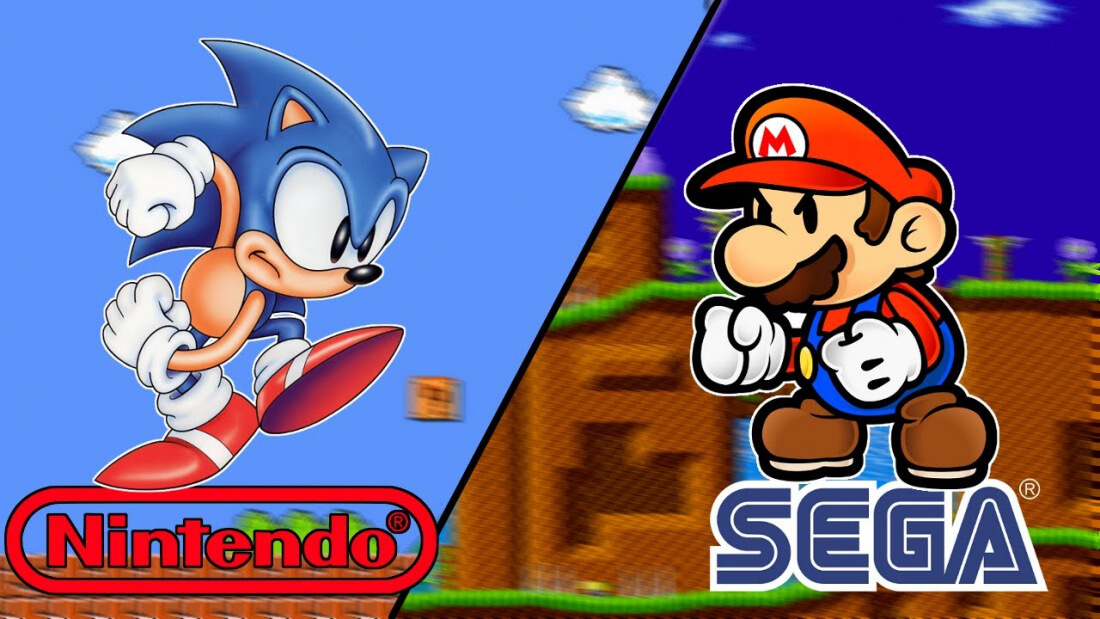
It’s hard to believe that Nintendo was founded in 1889 as a playing card company, while Sega traces its origins to 1940 a slot machine firm based in Honolulu, Hawaii. Many many years later, the pair would become fierce rivals in the world of arcade machines, handheld gaming devices, and, most famously, consoles.
Sega’s arcade games made it a dominant force during the industry's golden age of 1978 to 1983, but Nintendo was experiencing success of its own with its Game & Watch handheld devices. The latter company's defining moment came when Donkey Kong arrived in arcades in 1981, bringing with it a defining icon: a carpenter (he wasn’t a plumber until 1983’s Mario Bros.) called Mario.
Nintendo had already dipped its toe in the home console market in 1977 with the snappily titled Color TV-Game in Japan, which was available in four variations, each one boasting six versions of a single game, such as pong. It released the far more successful Family Computer, or Famicom for short, in Japan in 1983, the same day Sega launched its console - the SG-1000 - which turned out to be a failure for the company.
The two machines were eventually updated and redesigned for release in North America. After its prototype Nintendo Advanced Video System was met with an underwhelming response, Nintendo unleashed the NES in 1985. It went on to become the best-selling console of the era, and while Sega’s Master System came to the States in 1986 to compete with Nintendo’s machine, it couldn’t match its rival’s popularity.
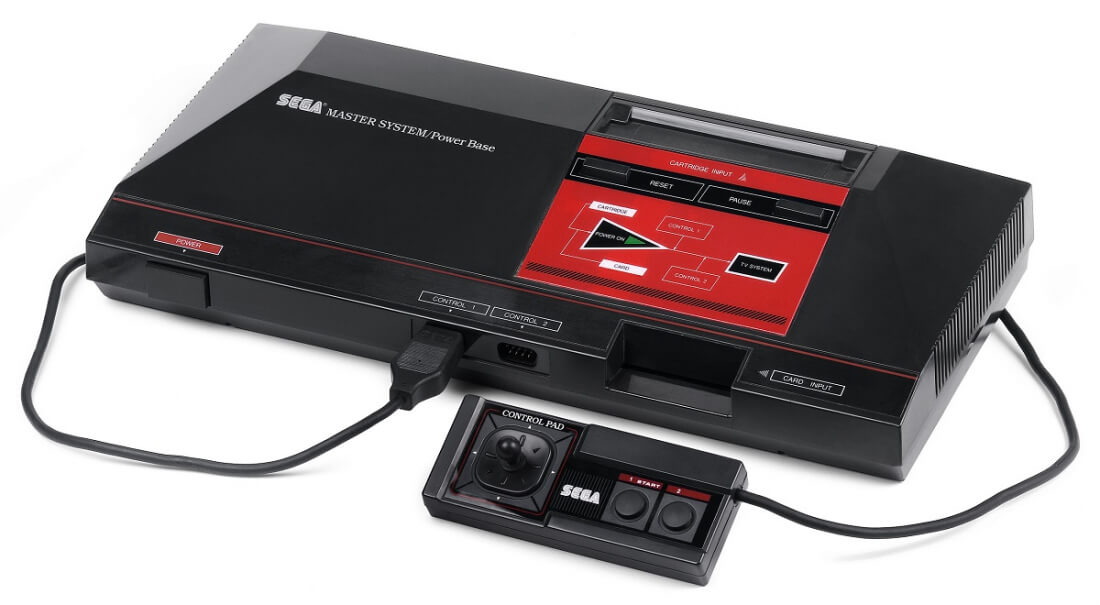
The later years brought more updated consoles from companies: the Super Nintendo Entertainment System (SNES) and the Sega Genesis. And with it came one of the earliest and probably most famous console wars, along with rival-baiting slogans. "Genesis does what Nintendon't," claimed Sega.
Various consoles and handhelds followed, and though Sonic the Hedgehog helped put Sega on top for a while, Nintendo’s N64 and the appearance of the Sony PlayStation spelled the beginning of the end for Sega's console endeavors. The company's last -- and some would say their best -- console was the Dreamcast in 1998.
The Dreamcast sold well in North America and Europe but struggled to make an impact in Japan. Not long after the PlayStation 2 arrived Sega decided to discontinue the Dreamcast. When the last one rolled off the assembly lines in 2001, it marked the end of two decades of Sega consoles.
Today, Nintendo still makes consoles and is slowly (and somewhat grudgingly) entering the smartphone gaming market. The Wii U may not have sold anywhere near as many units as its predecessor, but the company will be pinning its hopes on next year’s NX. Whereas Sega’s main interest is now the digital/mobile gaming business, arcade business, and it still acts as a third-party publisher.
Samsung vs. Apple
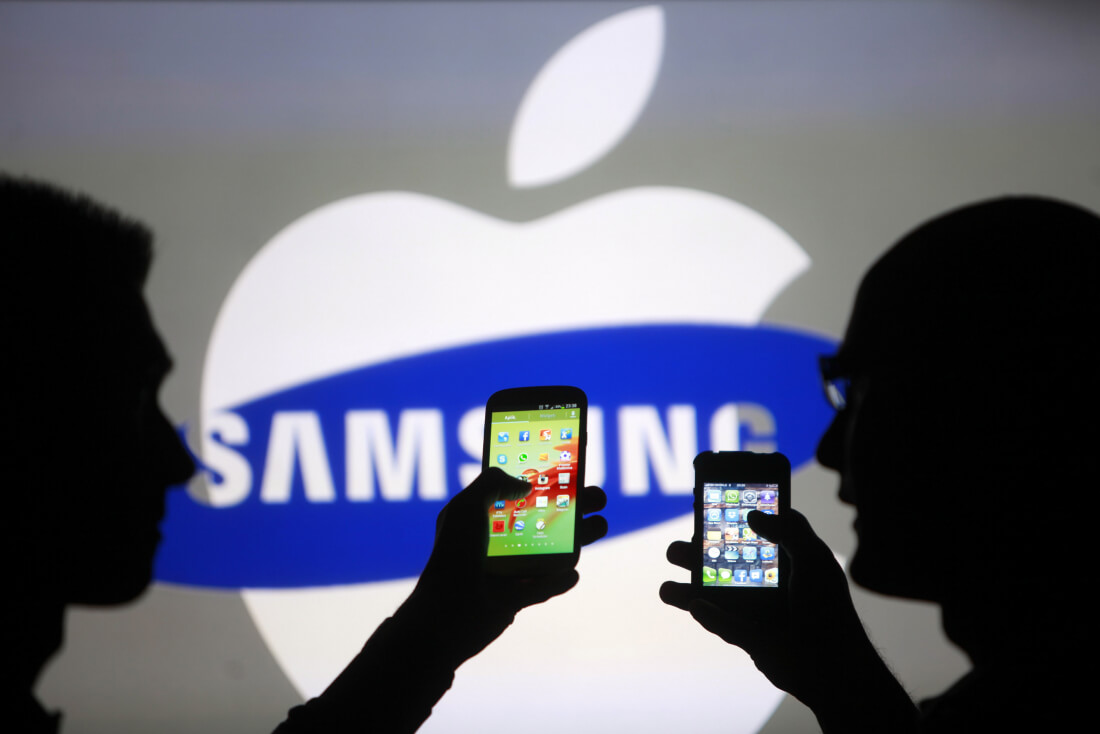
There may be plenty of other Android handsets out there, but for most people, it’s a question of “Galaxy or iPhone.” The Cupertino company would no doubt argue that Samsung shouldn’t even be a competitor, as it ripped off Apple’s technology and designs. Thanks to four dozen patent lawsuits, the two companies have been suing and counter-suing each other across the courts for years.
Apple even managed to get some of Samsung’s older devices banned in the US for infringing on some of its patents. As of writing, the pair are still fighting it out in the Supreme Court over how much Samsung owes Apple for copying the iPhone’s design.
Now, on the consumer's end, Apple fans will say that the iPhone leads the way when it comes to apps, regular OS updates, ease of use, and arguably, style. On the other hand, Galaxy owners will tell you their devices are superior thanks to a better range of customization, expandable memory, and the openness of Android. Truth is, both of their respective flagships, are evenly matched in more areas than ever before today.
Fact remains both companies have produced the most popular smartphones in the world for the last few years, with Samsung staying ahead in sales volume, while Apple is known to be the most profitable of all vendors. But following the Note 7 debacle things may be about to change.
Add to all this Samsung’s commercials that take jabs at iPhones, the animosity between the companies’ fans, and continuing accusations of copying, and you can see how this rivalry is likely to continue for many years to come.
Google vs. Apple

After HTC introduced an Android phone in January 2010 that came with many of the iPhone’s most popular features, Steve Jobs famously said: "I will spend my last dying breath if I need to, and I will spend every penny of Apple’s $40 billion in the bank, to right this wrong."
“I’m going to destroy Android, because it’s a stolen product. I’m willing to go thermonuclear war on this,” he added.
Things weren’t always this way; when the first iPhone was unveiled in 2007, it came with Google search engine, Google Maps, and YouTube installed on every device. But it was Google’s acquisition of mobile start-up Android Inc. two years earlier that sowed the seeds of the companies’ rivalry.
Jobs was especially angry at Android, taking it as a personal betrayal. Google’s then-CEO Eric Schmidt was serving on Apple’s board of directors when the Android mobile platform was announced in November 2007. He remained in this position until August 2009, when he was persuaded to resign.
So began the years of legal wars. Apple started patent litigation against HTC, Samsung, and Google partners such as Motorola Mobility division. Jobs had told Schmidt in 2010: “I don’t want your money. If you offer me $5 billion, I won’t want it. I’ve got plenty of money. I want you to stop using our ideas in Android, that’s all I want.”
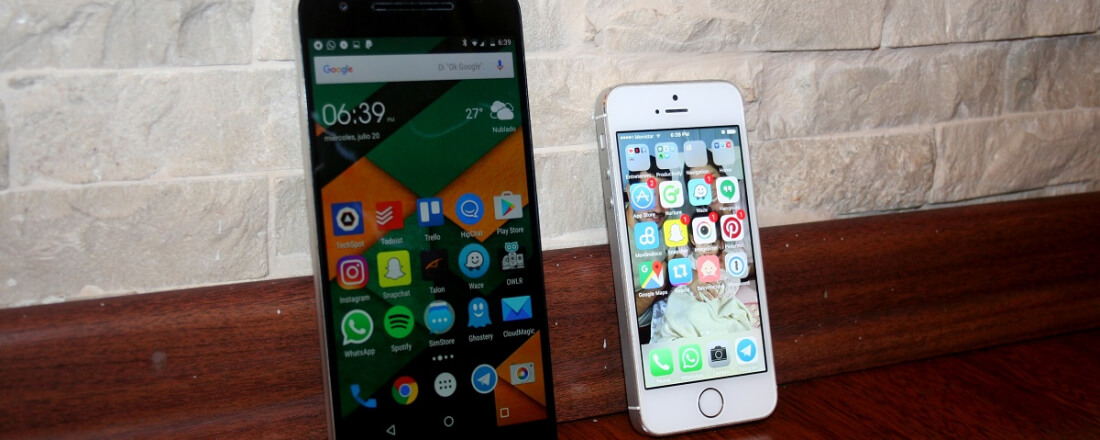
Relations hit a low point in 2012 when Apple replaced Google Maps with its own mapping app in iOS 6. The software was so bad that Tim Cook personally apologized for it not long after launch. It even led to Maps boss Scott Forstall to leave the company. The fiasco is the reason why Apple has a public beta program for iOS.
Today, the pair have a relationship that’s best described as complicated (see a pattern here?). They still take potshots at each other and have competing products, but Google paid well over $1 billion back in 2014 for a long term deal to keep it as the default search provider on iOS devices. Additionally, Apple gets a cut every time an iPhone or iPad user sees a Google ad on search results. The companies also collaborate in other areas, such as YouTube.
For the last four years, Apple has taken the top spot as the world's most valuable brand, while Google sits in second place.

0 comments:
Post a Comment